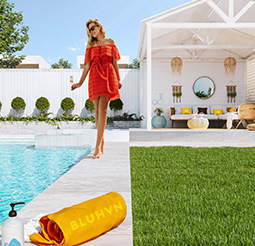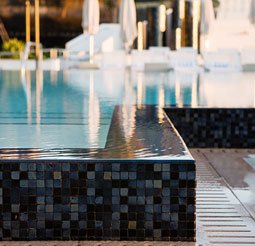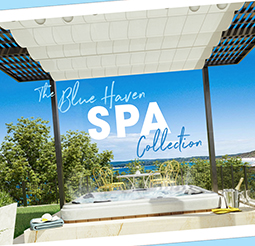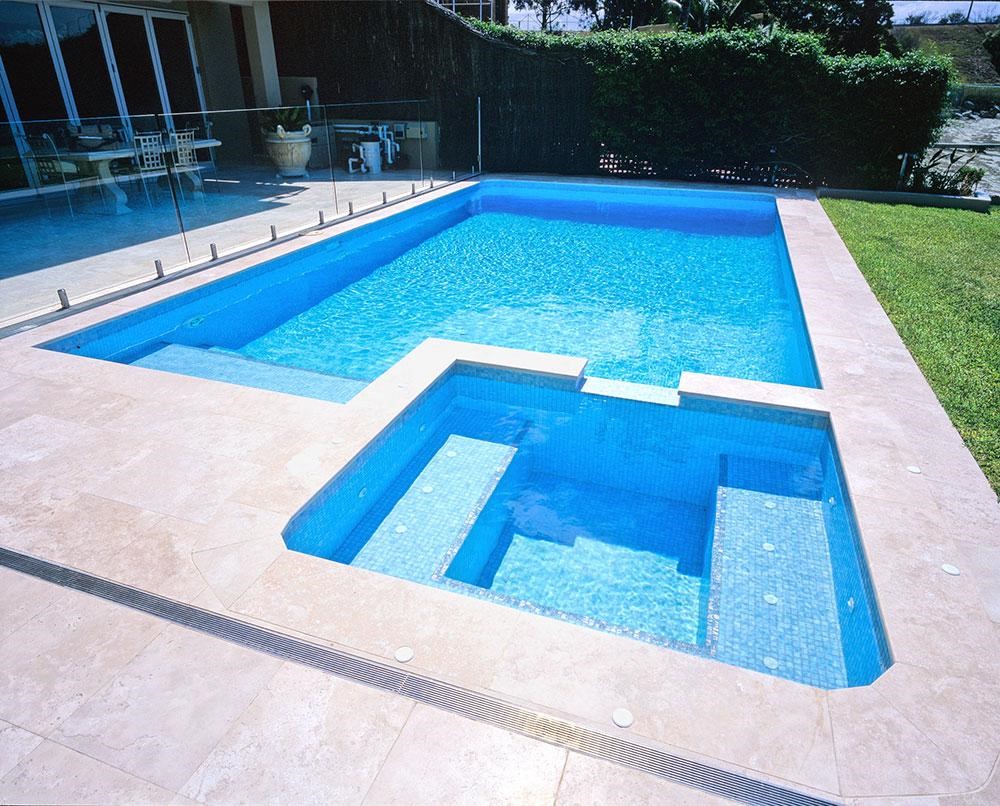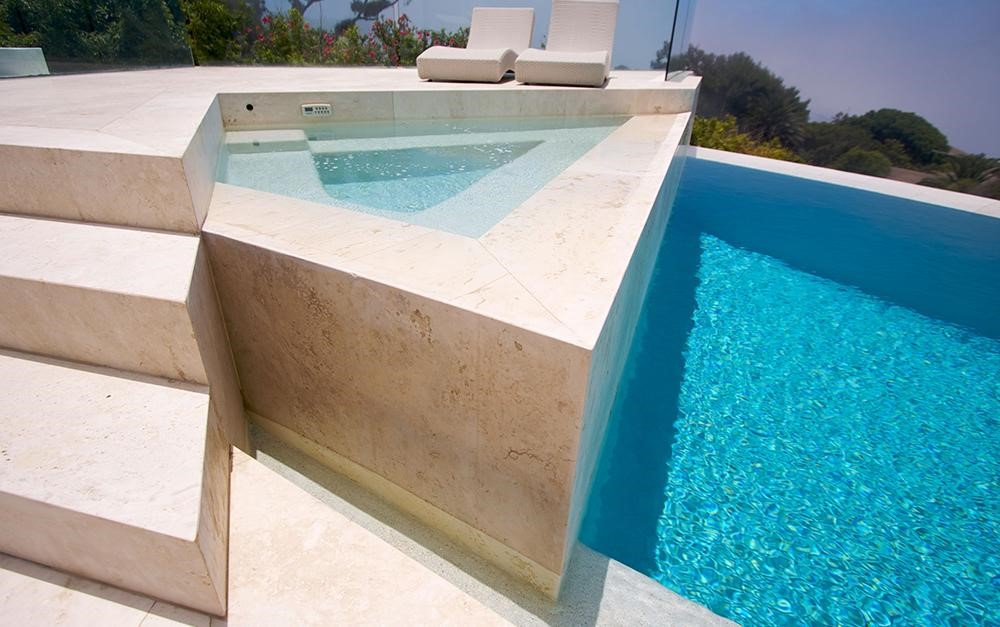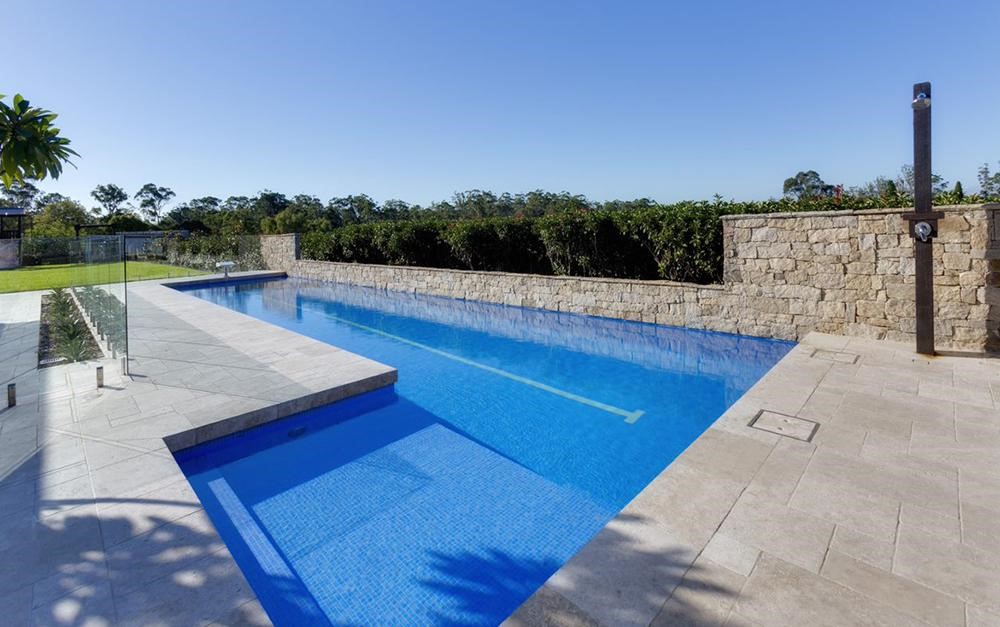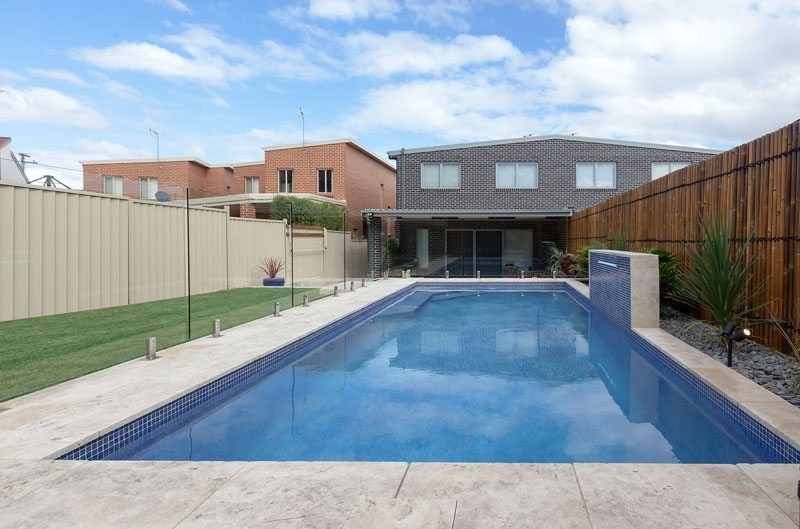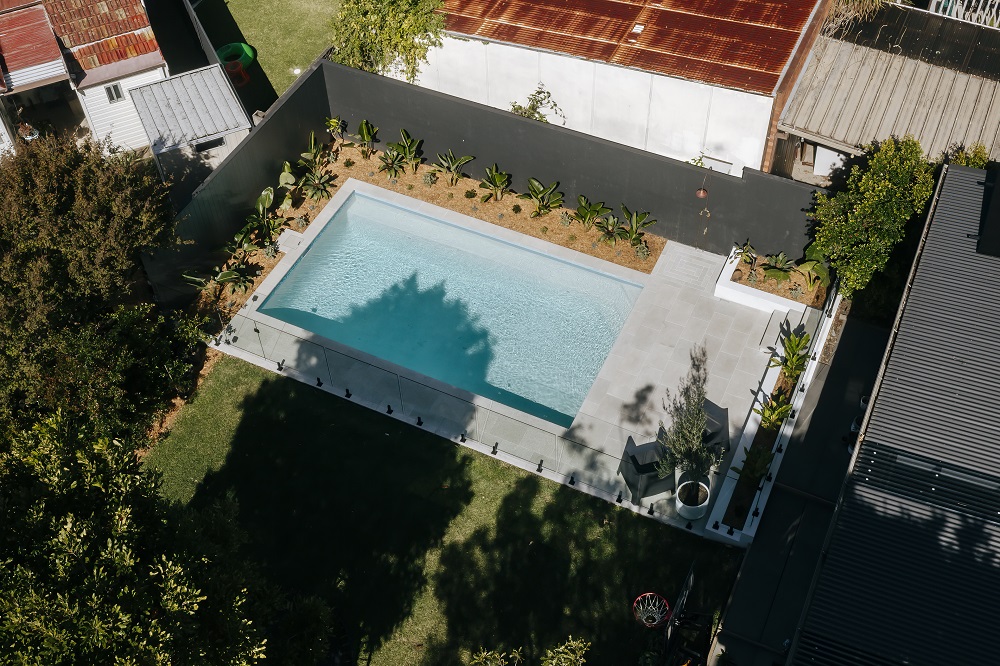Sunscreen – Which Is Best?
May 3, 2017

With one of the highest skin cancer rates in the world, it’s not surprising then that the mantra ‘slip, slop, slap’ is firmly ingrained in most Australian’s minds.
Slopping on sunscreen is a ritual followed by most when heading outside, to deter the harmful effects of the sun’s UV rays.
A string of serious sunburns this summer however has raised questions about the efficiency of the various brands of leading sunscreens.
Dozens of social media posts with images of swollen and blistered sunburns after the application of sunscreen have gone viral.
Melbourne woman Briar Houston revealed last week that despite spraying the back of her legs with Banana Boat SPF 50+, they ended up blistered and swollen.
Georgina Bueti told Fairfax Media her husband and younger daughter Zoe had followed the instructions on Cancer Council SPF 50+ Ultra Cooling aerosol sunscreen and carefully applied the product but still became sunburnt.
Jessie Swan lashed out at the Cancer Council endorsed 50+ Peppa Pig aerosol sunscreen after her three-month-old son was badly burned after being applied with the sun protection. Her post attracted similar stories from other parents who had used the product.
In a media statement the Cancer Council said they were “saddened to learn via Facebook that a young child had a negative experience” with the sunscreen.
“This product has been on the market for a number of years. Since it was introduced more than 250,000 bottles have been sold. We have only received a very small number of complaints regarding this product, some of which related to issues with the function of the pump spray, not the sunscreen itself.
“Sunscreens in Australia are strictly regulated by the Therapeutic Goods Administration (TGA). All Cancer Council sunscreens and their ingredients are fully compliant with these regulations and all of our sunscreens are independently tested to ensure they exceed the SPF level advised on the bottle.
“Additionally, all products formulated for sensitive skin, including our SPF50+ Kids Sunscreen, are dermatologically tested to ensure that they pass the Repeat Insult Patch Test (RIPT), a recognised formal skin sensitivity test for topically applied products. If you have sensitive skin, doing a personal patch test is even more important.”
So, with some of the dominant market brands coming under fire for their alleged ineffectiveness, how do consumers select the right protection for their skin?
In a recent guide to purchasing sunscreen, consumer advocate Choice released the following tips and hints on what to look for and how to apply.
Choice suggested for maximum benefit to use a sunscreen that was SPF 50+ and that all sunscreens must be listed with the Therapeutic Goods Administration.
If swimming, opt for a water resistance sunscreen. They also recommended not to mix sunscreen with insect repellent as the ingredients in insect repellent can reduce the effectiveness of the sunscreen by a third. Combination insect repellents and sunscreens however are SPF tested so ensure that the appropriate SPF rating is listed on the product.
Choice stated that many sunscreen failures are due to incorrect application. Most recent recommendations suggest using 45mL or 9 teaspoons per person:
- 1 teaspoon for the head and neck
- 2 for the torso
- 1 for each arm
- 2 for each leg
Top tips for using sunscreen
- Apply to clean, dry skin 15 to 30 minutes before going into the sun. Reapply just before you go out.
- Cover all parts of the body not protected by clothing.
- Apply evenly and don’t rub in excessively.
- Reapply every two hours, especially if exercising or swimming.
- Don’t use sunscreens if they are past their use by date.
Read More:
Add Value to Your Home With A New Swimming Pool
FAQ When Building A Swimming Pool


